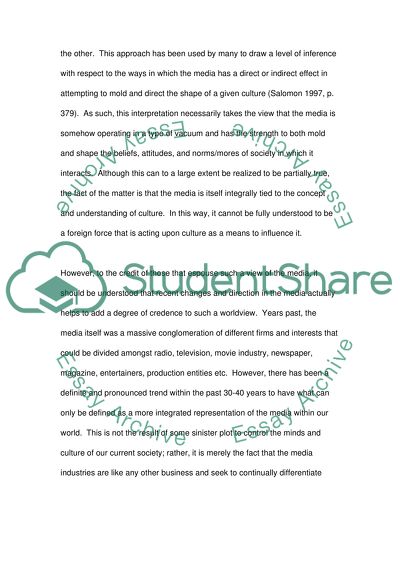Cite this document
(“Mass communication Essay Example | Topics and Well Written Essays - 1500 words”, n.d.)
Mass communication Essay Example | Topics and Well Written Essays - 1500 words. Retrieved from https://studentshare.org/journalism-communication/1462521-mass-communication
Mass communication Essay Example | Topics and Well Written Essays - 1500 words. Retrieved from https://studentshare.org/journalism-communication/1462521-mass-communication
(Mass Communication Essay Example | Topics and Well Written Essays - 1500 Words)
Mass Communication Essay Example | Topics and Well Written Essays - 1500 Words. https://studentshare.org/journalism-communication/1462521-mass-communication.
Mass Communication Essay Example | Topics and Well Written Essays - 1500 Words. https://studentshare.org/journalism-communication/1462521-mass-communication.
“Mass Communication Essay Example | Topics and Well Written Essays - 1500 Words”, n.d. https://studentshare.org/journalism-communication/1462521-mass-communication.


